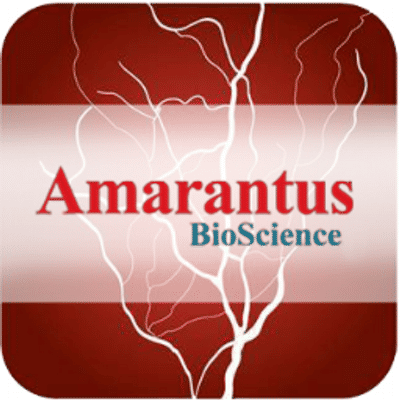Request Demo
Last update 08 May 2025
5-HT1A receptor x 5-HT2C receptor x 5-HT1B receptor
Last update 08 May 2025
Basic Info
Related Targets |
Related
1
Drugs associated with 5-HT1A receptor x 5-HT2C receptor x 5-HT1B receptorMechanism 5-HT1A receptor antagonists [+2] |
Active Org. |
Originator Org. |
Active Indication |
Inactive Indication |
Drug Highest PhasePhase 3 |
First Approval Ctry. / Loc.- |
First Approval Date20 Jan 1800 |
4
Clinical Trials associated with 5-HT1A receptor x 5-HT2C receptor x 5-HT1B receptorEUCTR2015-000373-13-DE
Phase 2, multicenter, randomized, double-blind, placebo-controlled, four-period cross-over, dose-range finding study to evaluate the safety, tolerability and efficacy of Eltoprazine in the treatment of levodopa induced dyskinesia in patients with Parkinson's disease.
Start Date18 Aug 2015 |
Sponsor / Collaborator |
NCT02439125
Phase 2, Multicenter, Randomized, Double-blind, Placebo-controlled, 4-way Crossover, Dose-finding Study, of Eltoprazine Safety, Tolerability and Efficacy in the Treatment of Levodopa-induced Dyskinesia in Patients With Parkinson's Disease
The purpose of this study is to evaluate the safety, tolerability and efficacy of eltoprazine to treat levodopa-induced dyskinesia in patients with Parkinson's disease
Start Date01 May 2015 |
Sponsor / Collaborator |
NCT01266174
Randomized, Double-blind, Parallel Trial Comparing the Effects of Eltoprazine (Adjunct to Anti-psychotics) With Placebo in Adults With Schizophrenia, in Improving One or More Dimensions of Cognitive Impairment Associated With Schizophrenia
The purpose of this study is to determine if eltoprazine (as an adjunct to anti-psychotic medication) improves one or more aspects of cognitive impairment in adult schizophrenic patients.
Start Date01 Aug 2011 |
Sponsor / Collaborator |
100 Clinical Results associated with 5-HT1A receptor x 5-HT2C receptor x 5-HT1B receptor
Login to view more data
100 Translational Medicine associated with 5-HT1A receptor x 5-HT2C receptor x 5-HT1B receptor
Login to view more data
0 Patents (Medical) associated with 5-HT1A receptor x 5-HT2C receptor x 5-HT1B receptor
Login to view more data
188
Literatures (Medical) associated with 5-HT1A receptor x 5-HT2C receptor x 5-HT1B receptor01 Mar 2025·3 Biotech
Exploring therapeutic potential of Bacopa monnieri bioactive compounds against Alzheimer’s and Parkinson’s diseases
Article
Author: Singh, Sangeeta ; Shukla, Richa ; Mishra, Krishna
14 Sep 2023·ACS Medicinal Chemistry Letters
Exploring Next-Generation Therapeutics: Morphic Mixtures and Specified Salts for the Treatment of Mental Disorders and CNS Modulation
Author: Kargbo, Robert B.
01 Mar 2023·European Archives of Psychiatry and Clinical Neuroscience
Elevated levels of serotonin 5-HT2A receptors in the orbitofrontal cortex of antisocial individuals
Article
Author: Braccagni, Giulia ; Scheggi, Simona ; Bortolato, Marco
Analysis
Perform a panoramic analysis of this field.
login
or

AI Agents Built for Biopharma Breakthroughs
Accelerate discovery. Empower decisions. Transform outcomes.
Get started for free today!
Accelerate Strategic R&D decision making with Synapse, PatSnap’s AI-powered Connected Innovation Intelligence Platform Built for Life Sciences Professionals.
Start your data trial now!
Synapse data is also accessible to external entities via APIs or data packages. Empower better decisions with the latest in pharmaceutical intelligence.
Bio
Bio Sequences Search & Analysis
Sign up for free
Chemical
Chemical Structures Search & Analysis
Sign up for free

